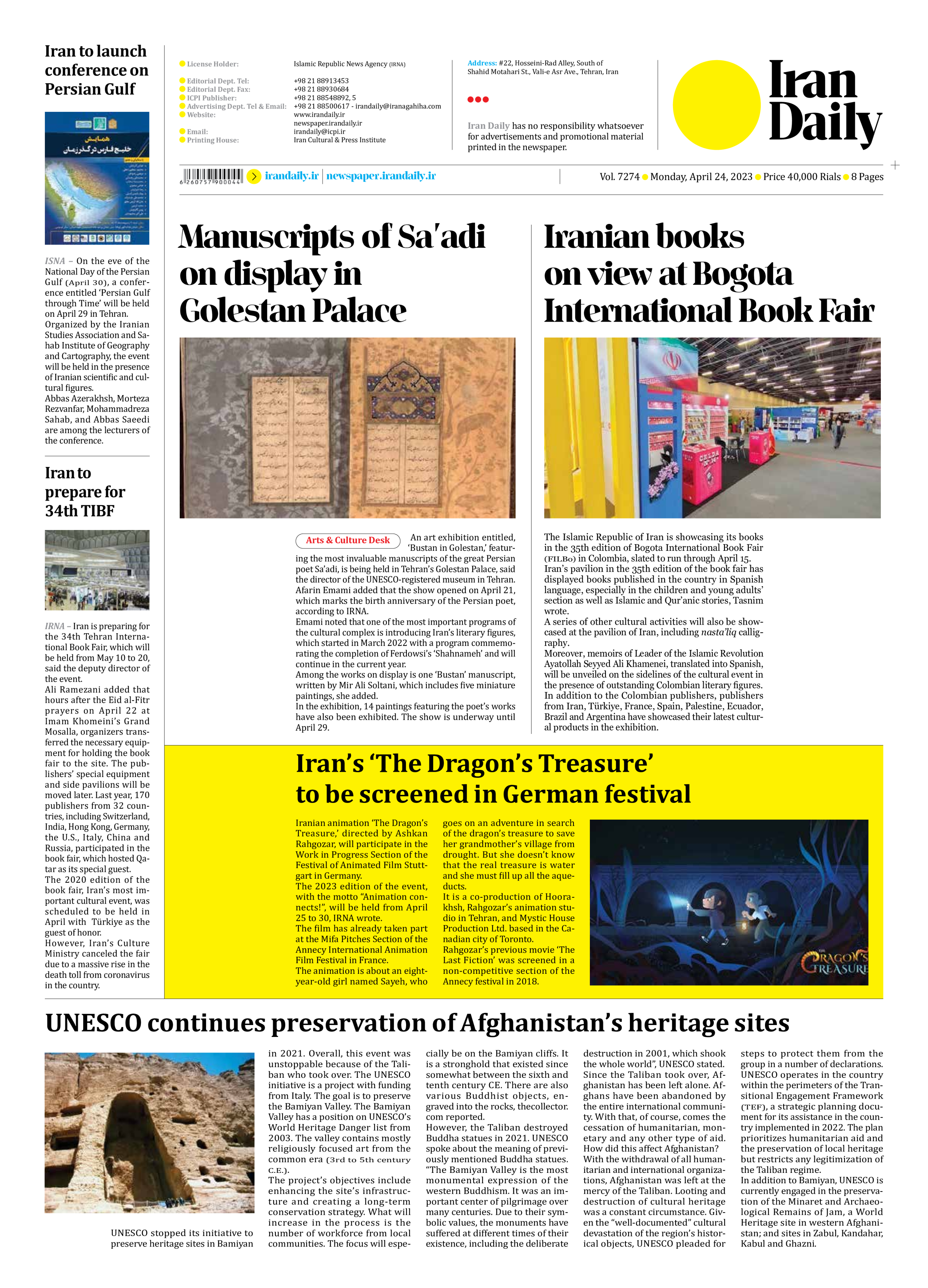
UNESCO continues preservation of Afghanistan’s heritage sites
UNESCO stopped its initiative to preserve heritage sites in Bamiyan in 2021. Overall, this event was unstoppable because of the Taliban who took over. The UNESCO initiative is a project with funding from Italy. The goal is to preserve the Bamiyan Valley. The Bamiyan Valley has a position on UNESCO’s World Heritage Danger list from 2003. The valley contains mostly religiously focused art from the common era (3rd to 5th century C.E.).
The project’s objectives include enhancing the site’s infrastructure and creating a long-term conservation strategy. What will increase in the process is the number of workforce from local communities. The focus will especially be on the Bamiyan cliffs. It is a stronghold that existed since somewhat between the sixth and tenth century CE. There are also various Buddhist objects, engraved into the rocks, thecollector.com reported.
However, the Taliban destroyed Buddha statues in 2021. UNESCO spoke about the meaning of previously mentioned Buddha statues. “The Bamiyan Valley is the most monumental expression of the western Buddhism. It was an important center of pilgrimage over many centuries. Due to their symbolic values, the monuments have suffered at different times of their existence, including the deliberate destruction in 2001, which shook the whole world”, UNESCO stated.
Since the Taliban took over, Afghanistan has been left alone. Afghans have been abandoned by the entire international community. With that, of course, comes the cessation of humanitarian, monetary and any other type of aid. How did this affect Afghanistan?
With the withdrawal of all humanitarian and international organizations, Afghanistan was left at the mercy of the Taliban. Looting and destruction of cultural heritage was a constant circumstance. Given the “well-documented” cultural devastation of the region’s historical objects, UNESCO pleaded for steps to protect them from the group in a number of declarations.
UNESCO operates in the country within the perimeters of the Transitional Engagement Framework (TEF), a strategic planning document for its assistance in the country implemented in 2022. The plan prioritizes humanitarian aid and the preservation of local heritage but restricts any legitimization of the Taliban regime.
In addition to Bamiyan, UNESCO is currently engaged in the preservation of the Minaret and Archaeological Remains of Jam, a World Heritage site in western Afghanistan; and sites in Zabul, Kandahar, Kabul and Ghazni.







